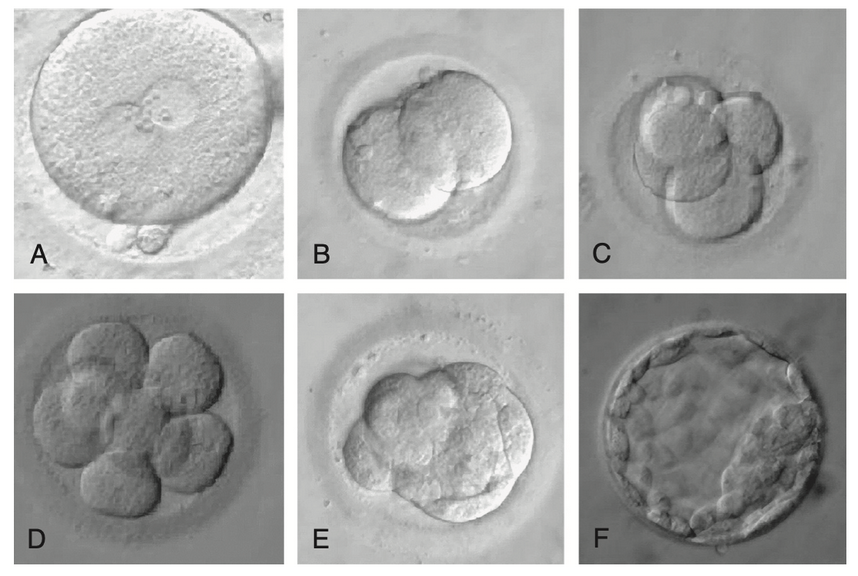Male Infertility Spotlight: Why Blocked Vas Deferens Can Be “Invisible”
- legend family
- Oct 29
- 3 min read

When couples try to conceive but struggle to get positive results, attention often focuses on female factors. In fact, male factors account for 40–50% of infertility cases. One commonly overlooked yet critical cause is vas deferens obstruction.
What is the vas deferens, and what does blockage mean?
The vas deferens is a narrow tube connecting the epididymis to the ejaculatory duct, responsible for transporting sperm from the testes into the semen.
If the vas deferens is blocked:
Sperm cannot reach the semen, even though the testes may be producing healthy sperm.
This can lead to azoospermia (no sperm in semen) or extremely low sperm counts.
Common causes of blockage
Congenital Abnormalities
For example, congenital bilateral absence of the vas deferens (CBAVD), often linked to mutations in the cystic fibrosis gene.
In these cases, the vas deferens never fully develops, so sperm cannot enter semen.
Infections or Inflammation
Epididymitis, prostatitis, urethral infections (like gonorrhea or chlamydia) can scar the ducts.
Repeated or chronic inflammation increases the risk of complete blockage.
Trauma or Surgery
Scrotal injury, hernia repair, or vasectomy can result in scarring or transection of the vas deferens.
Immune or Rare Factors
Sperm leakage may trigger an immune response, causing localized inflammation and blockage.
Can blockage be felt during sex?
Most men don’t notice any symptoms during sexual activity:
Libido, erections, and ejaculation usually remain normal.
Semen volume and appearance often appear unchanged.
The only obvious sign is difficulty achieving pregnancy or finding no sperm in semen analysis.
In other words, vas deferens blockage is often a “silent” cause of infertility.
How is blockage diagnosed?
Semen Analysis – Detects no sperm or very low sperm count while semen volume may be normal.
Physical Examination & Ultrasound – Checks epididymis and seminal vesicles for enlargement or abnormalities.
Vasography or Testicular/Epididymal Sperm Retrieval – Determines the exact location and type of blockage if necessary.
Early diagnosis is crucial to avoid repeated failed conception attempts and save time, effort, and emotional stress.
Treatment Options: From Reconnecting the Vas to Assisted Reproduction
1️⃣ Microsurgical Vas Reconstruction (Vasovasostomy / Vasoepididymostomy)
Suitable for blockages caused by scarring or post-surgical damage when the ducts can be reconnected.
Microsurgery restores sperm flow into semen.
Success depends on blockage duration, location, and surgical expertise.
2️⃣ Testicular or Epididymal Sperm Retrieval (TESA / PESA) + IVF/ICSI
For complete blockages or congenital absence where reconstruction isn’t possible.
Sperm is directly retrieved from the testes or epididymis.
Combined with in vitro fertilization (IVF) or intracytoplasmic sperm injection (ICSI), sperm can fertilize eggs directly.
This approach is safe, effective, and widely used in modern reproductive medicine.
For men with blocked vas deferens, ICSI is often the key solution, bypassing the obstruction and giving couples a chance to conceive.
Daily Care and Prevention
Prevent infections of the urinary and reproductive tract; treat inflammation promptly.
Choose experienced surgeons for procedures to reduce post-operative complications.
Maintain scrotal health by avoiding prolonged heat exposure, injury, or pressure.
Summary
Vas deferens blockage is a hidden but treatable cause of male infertility. With proper semen analysis, imaging, and advanced reproductive technology, men can achieve their dream of fatherhood. For complete blockage or congenital absence, sperm retrieval combined with IVF/ICSI is a safe and effective solution.
At our U.S. IVF clinic, we provide comprehensive male fertility evaluation, microsurgical reconstruction, and assisted reproductive services to help every couple take the next step toward parenthood.




Comments